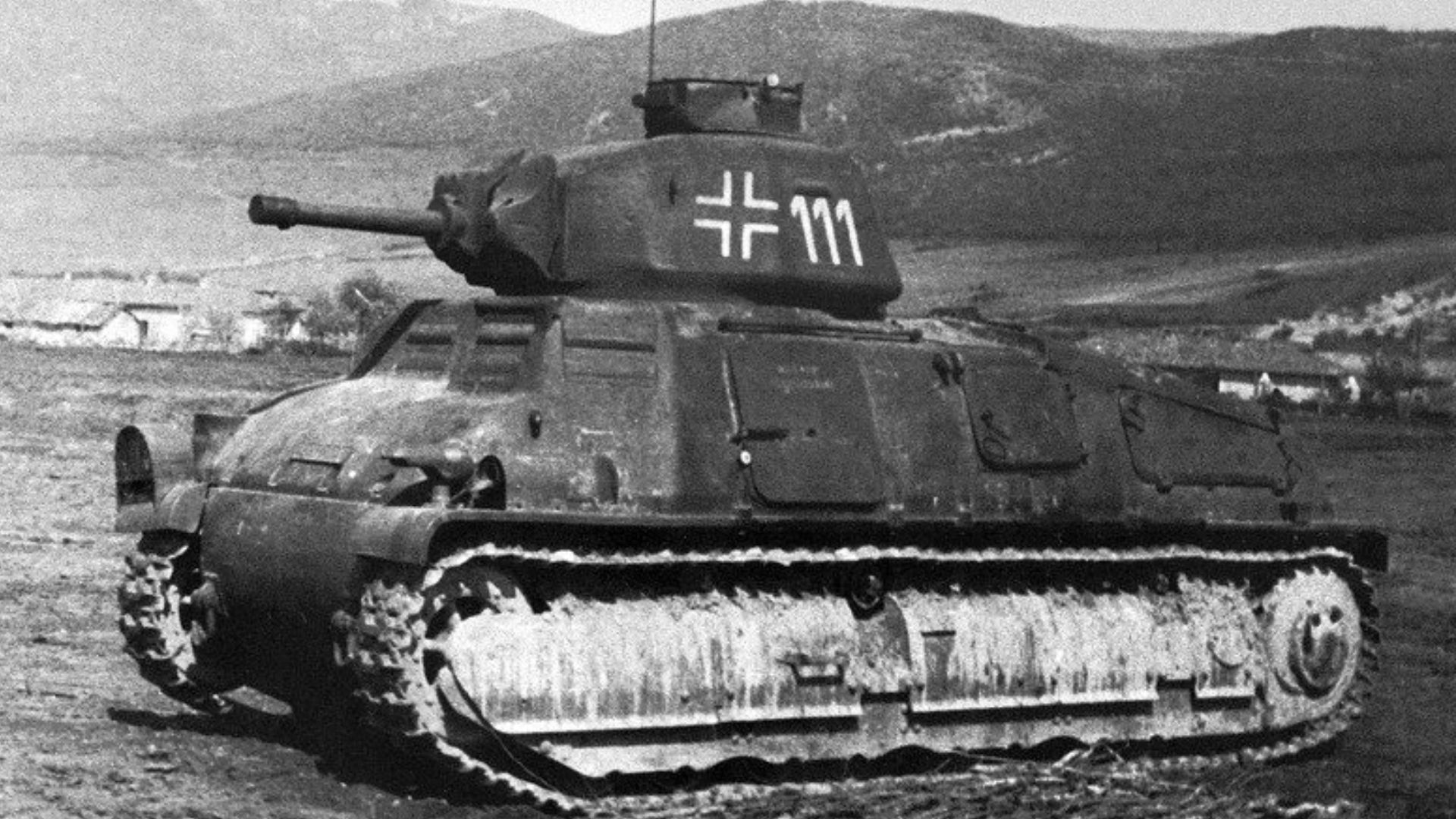
The 25th Panzer Division was a central unit of the German Wehrmacht during the Second World War. The division was one of many German Panzer Divisions, which were set up during the last years of the war with glaring personnel and equipment defects.
Division History
•1942-1943 Education and occupation duties in Norway
•1943 further training in France, December battle of Zhytomyr
•Western Ukraine in 1944 (destroyed), Denmark (reorganized), Poland
•1945 Silesia, Austria
Installation And Expansion
The 25th Panzer Division was set up in Norway in 1941/42 as a fast intervention force of the Army High Command Norway, initially referred to as the “Shooting Association of Oslo,” then as “Armored Formation Norway.”
Gradually increase the “Panzer Division Norway” by the OKW at the request of General von Falkenhorst, renaming 1943 “25th Panzer Division”. She was transferred in August 1943 to complete installation in France, where they should be available according to the instructions of the Inspector of Panzer Troops, Heinz Guderian, as a reserve division for the expected Allied invasion of France.
Textile Finishing
The quality of the equipment was different since the division with both old French tanks like the Renault R-35, the Hotchkiss H-39, and the Renault Char B1, but later also with German Panzerkampfwagen IV, ‘H’ version (a company) and Panzerkampfwagen VI Tiger (a company) was fitted. The artillery regiment had modern guns but reached only the strength of a battalion The education department was equipped only with motorcycles.
Ukraine
The 25th PD was soon moved despite opposition from Heinz Guderian to the Eastern Front and the 4th Panzer Army, from March 1944, the first Panzer Army assumed. In December 1943, the division saw heavy fighting in Zhytomyr. In the spring of 1944, it was destroyed in Kamjanez-Podilskyj during the German retreat on the river Dniester.
Refresher And Further Fighting On The Eastern Front
From May to August 1944, the division in Denmark and on the training ground game patch was reorganized. As the Wehrmacht was already running into serious trouble, only a skeleton Panzer Division was established.
The division, which did not reach its authorized strength by far, was again sent to the eastern front to prevent the crossing of the Vistula by Soviet troops. In addition, elements of the division were in the suppression of the Warsaw uprising involved there. As the 25th PD retreated to the Oder in January 1945, they suffered heavy losses.
The Last Months Of The War
Restkampfgruppe/25.Pz.Div.
•From the end of January, use the Oder / Neisse front north of Görlitz.
•In mid-February, after a battle with Christian city, Guben had a quick refresher in the room Goerlitz.
•The end of February “e-transport” east of Berlin with use southeast of Szczecin.
•Back in late March for laying Oder / Neisse front.
•Collection in early April in the room Kuestrin - laying in the Vienna area and Mikulov / South Moravia.
•Battles northeastward from Vienna, Laa an der Thaya, village-level Mistelbach.
•Absetzbefehl to march westward on 8./10. May.
•U.S. custody in Passau.
Breakdown In December 1943
•Panzer Regiment 9
•Panzer Grenadier Regiment 146
•Panzer Grenadier Regiment 147
•Motorized infantry battalion 87
•Field Replacement Battalion 87
•Panzer Artillery Regiment 91 (understaffed)
•Army anti-aircraft artillery battalion 279
•Tank Destroyer Division 87
•Panzer Pioneer Battalion 87
•Panzer-Division 87 News
•Tank supply troops
Commanders
•Lieutenant General John Haarde, 25 February 1942.
•Lieutenant General Adolf von Schell, 1 January 1943.
•Lieutenant General George Jawor, 15 November 1943.
•Lieutenant General Hans Tröger, 20 November 1943.
•Major General Oswin Grolig, 1 June 1944.
•Major General Oscar Audörsch 18 August 1944 - May 1945.